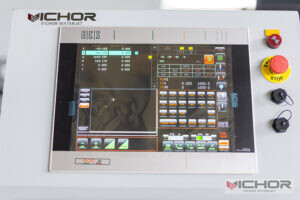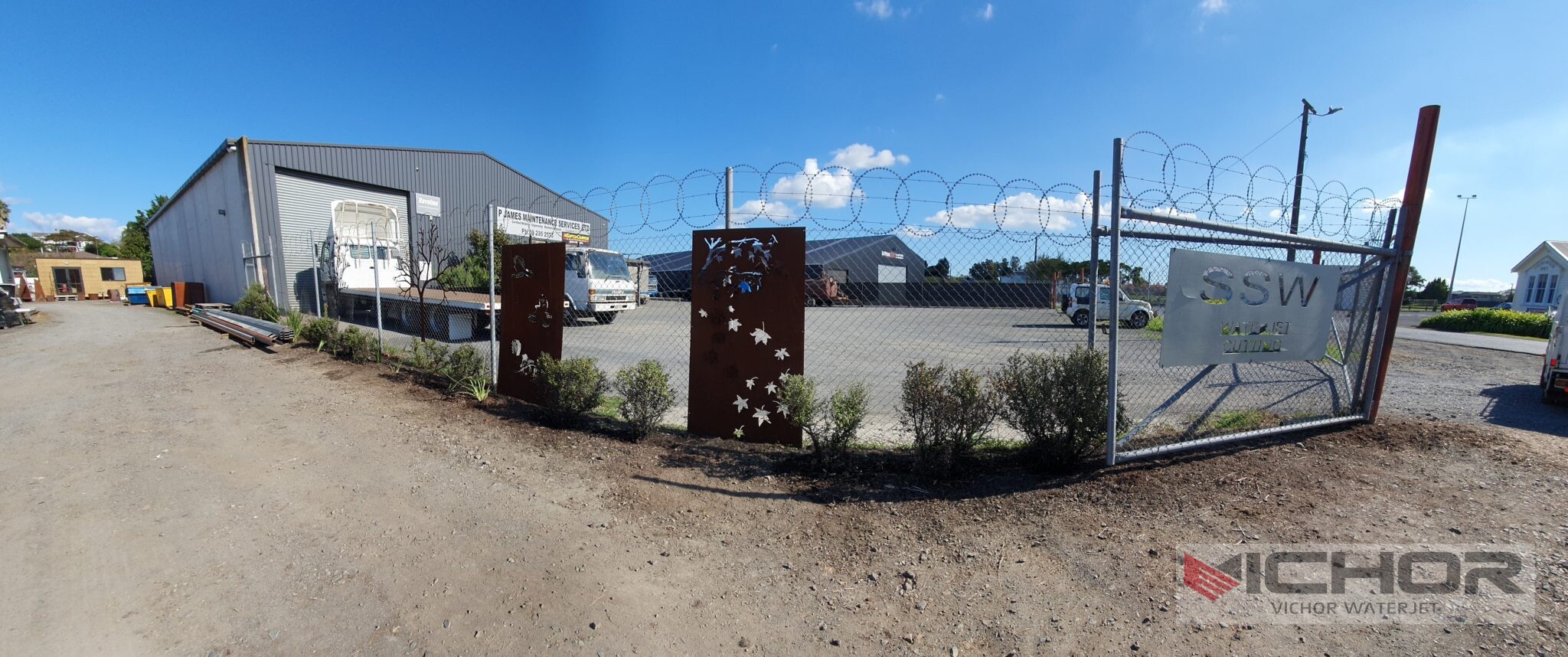
Water Jet Cutting Nozzle Price: Uncovering the Real Costs and Smart Buying Tips
When it comes to water jet cutting, the nozzle is a small but critical component that can make or break your cutting efficiency. If you’ve ever searched for “water jet cutting nozzle price,” you know that prices can vary wildly—from a few dollars to hundreds. Why such a range? In this article, we’ll dive deep into the factors that influence water jet cutting nozzle price, helping you understand what you’re paying for and how to make an informed purchase. Whether you’re a manufacturer, hobbyist, or business owner, knowing the ins and outs of nozzle pricing can save you money and improve your operations. Let’s start by exploring why this tiny part commands so much attention and how its cost impacts your bottom line.
What is a Water Jet Cutting Nozzle and Why Does Its Price Matter?
A water jet cutting nozzle is the component in a water jet system that focuses high-pressure water—sometimes mixed with abrasives—into a precise stream for cutting materials like metal, stone, or composites. It’s subjected to extreme pressures and wear, making its design and durability crucial for performance. The water jet cutting nozzle price isn’t just about the initial purchase; it reflects the nozzle’s quality, lifespan, and overall value. A cheap nozzle might seem like a bargain, but if it wears out quickly or causes inefficiencies, it could lead to higher downtime and replacement costs. Understanding the price helps you balance upfront expenses with long-term benefits, ensuring you get a nozzle that meets your needs without overspending. In industries where precision and efficiency are key, the right nozzle can reduce operational costs and enhance productivity, making the water jet cutting nozzle price a vital consideration.
Key Factors Influencing Water Jet Cutting Nozzle Price
Several elements determine the water jet cutting nozzle price, and knowing these can help you navigate the market. First, the material used in the nozzle plays a significant role. Nozzles made from high-end materials like tungsten carbide or synthetic diamonds tend to cost more due to their durability and resistance to abrasion. Second, the manufacturing process affects the price; precision-engineered nozzles with tight tolerances require advanced machinery and skilled labor, driving up costs. Third, market dynamics, such as supply chain issues or demand spikes, can cause fluctuations in the water jet cutting nozzle price. Additionally, the nozzle’s design—whether it’s standard or customized for specific applications—impacts the cost. For instance, nozzles designed for high-pressure systems or specialized cuts may command a premium. Finally, brand reputation and supplier markups can influence pricing, though we’re avoiding specific brand names here. By considering these factors, you can better assess why one nozzle might be priced higher than another and decide which features are worth the investment for your operations.
Material Composition and Its Effect on Nozzle Cost
The materials used in a water jet cutting nozzle directly correlate with its price and performance. Common materials include stainless steel, tungsten carbide, and composite ceramics, each with distinct advantages and cost implications. Stainless steel nozzles are generally more affordable but may wear out faster under abrasive conditions, leading to frequent replacements. In contrast, tungsten carbide nozzles are pricier due to their exceptional hardness and longevity, which can reduce long-term costs by minimizing downtime. Synthetic diamond nozzles represent the high end of the water jet cutting nozzle price spectrum, offering superior durability for intensive applications, but they come with a steep initial cost. The choice of material affects not only the purchase price but also maintenance expenses. For example, a cheaper nozzle might require more frequent changes, increasing overall ownership costs. When evaluating the water jet cutting nozzle price, it’s essential to match the material to your specific cutting needs—whether you’re handling soft materials or tough alloys—to optimize value and efficiency.
Manufacturing Processes and Price Variations
How a water jet cutting nozzle is manufactured significantly impacts its price. Advanced processes like computer numerical control (CNC) machining or laser sintering ensure high precision and consistency, but they add to production costs. These methods allow for tight tolerances and smooth internal surfaces, which enhance cutting accuracy and reduce wear. On the other hand, nozzles produced through simpler, mass-production techniques might be cheaper but could suffer from inconsistencies that affect performance. The level of quality control during manufacturing also plays a role; rigorous testing and certifications can raise the water jet cutting nozzle price by ensuring reliability and safety. Customization is another factor—nozzles tailored to unique specifications often cost more due to the extra design and production effort. Moreover, economies of scale apply; bulk purchases might lower the per-unit price, but for small orders, prices can be higher. By understanding these manufacturing aspects, you can see why a well-made nozzle justifies a higher water jet cutting nozzle price through better performance and fewer replacements.
How to Evaluate the True Cost of a Water Jet Cutting Nozzle
When assessing the water jet cutting nozzle price, it’s crucial to look beyond the initial purchase and consider the total cost of ownership. This includes factors like lifespan, maintenance requirements, and impact on overall system efficiency. A low-priced nozzle might seem attractive, but if it wears out quickly or causes uneven cuts, it could lead to increased material waste and machine downtime. Conversely, a higher-priced nozzle with a longer service life might offer better value over time. To evaluate the true cost, calculate the cost per operating hour by dividing the nozzle price by its expected lifespan in hours. Also, factor in compatibility with your water jet system—using an incompatible nozzle might reduce efficiency and increase energy consumption, indirectly raising costs. Additionally, consider the supplier’s support; reliable suppliers might charge more but provide warranties or technical assistance that save money in the long run. By taking a holistic view, you can make smarter decisions that align the water jet cutting nozzle price with your budget and operational goals, ensuring you don’t compromise on quality for short-term savings.
Market Trends Affecting Water Jet Cutting Nozzle Price
The water jet cutting nozzle price is influenced by broader market trends, including technological advancements, raw material costs, and global economic conditions. For instance, innovations in material science, such as the development of more durable composites, can drive prices up initially but may lead to cost savings as they become mainstream. Fluctuations in the prices of raw materials like tungsten or diamonds directly affect the water jet cutting nozzle price, as these are key components in high-end nozzles. Global supply chain disruptions, as seen in recent years, can cause shortages and price hikes. Additionally, increasing demand from industries like aerospace, automotive, and construction pushes prices upward, especially for specialized nozzles. Environmental regulations might also impact costs by requiring sustainable manufacturing practices. By staying informed about these trends, you can anticipate changes in the water jet cutting nozzle price and plan purchases accordingly, such as buying in bulk during stable periods or investing in energy-efficient models to offset rising costs.

Tips for Making a Smart Purchase Based on Water Jet Cutting Nozzle Price
To get the best value for your money, start by defining your needs—consider the materials you’ll cut, operating pressures, and desired nozzle lifespan. Compare prices from multiple suppliers, but don’t just focus on the lowest water jet cutting nozzle price; check reviews and ask for samples to test performance. Look for nozzles with a balance of cost and features, such as those with good wear resistance for your specific applications. Negotiate bulk discounts if you use nozzles frequently, and consider long-term suppliers for potential loyalty benefits. Also, factor in shipping and handling costs, as these can add to the overall water jet cutting nozzle price. Lastly, keep an eye on industry updates to spot new products that might offer better pricing or performance. By following these tips, you can navigate the market effectively and ensure that the water jet cutting nozzle price you pay translates into real savings and efficiency gains.
Frequently Asked Questions (FAQ)
Q1: What is the average range for a water jet cutting nozzle price?
A1: The water jet cutting nozzle price typically ranges from $20 to $500 or more, depending on factors like material, design, and supplier. Basic models made from stainless steel might start at the lower end, while high-performance nozzles with materials like tungsten carbide or diamonds can cost significantly more. It’s important to assess your specific needs to find a nozzle within a suitable price range.
Q2: How does the material of a nozzle affect the water jet cutting nozzle price?
A2: The material directly influences the water jet cutting nozzle price because durable materials like tungsten carbide or synthetic diamonds are more expensive to produce and offer longer lifespans. Cheaper materials may reduce the initial cost but lead to higher replacement frequencies, so investing in a quality material can provide better long-term value by minimizing downtime and maintenance.
Q3: Can I reduce the water jet cutting nozzle price without compromising quality?
A3: Yes, you can reduce the water jet cutting nozzle price by purchasing in bulk, comparing suppliers for competitive rates, or opting for standard designs instead of custom ones. Additionally, maintaining your nozzle properly—such as cleaning it regularly—can extend its life, reducing the overall cost per use. However, avoid sacrificing essential features for a lower price, as this might affect performance.
Q4: Why do some water jet cutting nozzles have a higher price than others?
A4: A higher water jet cutting nozzle price often reflects superior materials, precision manufacturing, advanced designs, or additional features like enhanced durability for high-pressure applications. Market factors, such as brand reputation and demand, can also play a role. Essentially, you’re paying for reliability, efficiency, and a longer operational life, which can save money over time.
Q5: How often should I replace a water jet cutting nozzle, and how does that impact the overall price?
A5: Replacement frequency depends on usage intensity and nozzle material—typically, nozzles last from a few hundred to several thousand hours. A higher initial water jet cutting nozzle price might mean less frequent replacements, lowering the total cost of ownership. Regularly inspect your nozzle for wear and tear to optimize replacement timing and avoid unexpected costs from sudden failures.
In conclusion, the water jet cutting nozzle price is a multifaceted topic that goes beyond simple numbers. By understanding the factors discussed—from materials and manufacturing to market trends and total cost evaluation—you can make informed decisions that enhance your cutting operations. Remember, a well-chosen nozzle not only fits your budget but also boosts productivity, making it a worthwhile investment. If you have more questions, consult with industry experts to tailor your choices to your unique needs.
continue reading
Related Posts
- 1696 words8.5 min read
- 1991 words10 min read



